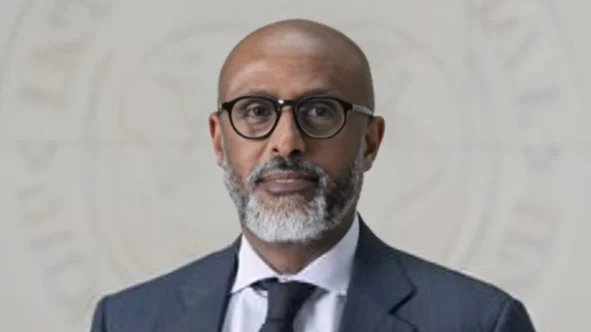Higher incomes and the growth of fintech companies have contributed to strong credit expansion in Brazil, despite the country maintaining one of the highest policy interest rates among major economies. In 2024, Brazil’s central bank rate, known as Selic, stood at 15 percent. Despite this high rate, bank credit increased by 11.5 percent and corporate bond issuance rose by 30 percent during the year.
This trend has raised questions about whether monetary policy is still effective in slowing down economic activity by making borrowing more expensive. According to a recent analysis conducted as part of Brazil’s annual Article IV consultation with the International Monetary Fund (IMF), these concerns are largely unwarranted. The IMF notes that recent data show credit growth beginning to slow.
The report identifies two main factors behind the continued credit expansion: robust income growth and expanded financial inclusion. These elements have increased both demand for and supply of credit.
Brazil was the first major economy to raise interest rates after the pandemic. The central bank began tightening again in September 2024 after a period of easing, aiming to bring inflation back toward its target of 3 percent. As of August, twelve-month inflation was measured at 5.1 percent—down from previous months but still above target—and expectations remain elevated over an eighteen-month horizon.
The IMF examined how changes in the policy rate affect lending rates for households and businesses. Their findings indicate that a one percentage point increase in the policy rate leads to a roughly 0.7 percentage point rise in lending rates after four months. Because about 40 percent of total credit consists of government-directed loans—which respond less to policy changes—the central bank must raise its rate by approximately 1.4 percentage points to achieve a one-point increase in average lending rates across the economy.
The analysis also finds that since 2020, corporate lending rates have become more sensitive to changes in the basic rate—a shift partly attributed to reforms at Brazil’s development bank BNDES in 2018 that linked its lending rates with long-term market benchmarks. Corporate loans now adjust faster than consumer loans; payroll-backed consumer loans are least responsive due to regulatory caps on their interest rates.
On top of cyclical factors like faster-than-expected economic growth and rising incomes, structural changes have played a significant role in boosting credit availability. The rapid spread of digital banks and fintech lenders has broadened access: by 2024, these institutions accounted for about a quarter of all credit card business and over ten percent of non-payroll personal loans issued nationwide. Increased competition reduced concentration among traditional banks and lowered average lending costs for borrowers.
Additionally, bond-market financing for corporations as a share of GDP has tripled over the past decade—helped by tax-exempt debentures—further supporting overall credit growth.
Despite these developments, signs suggest that tighter monetary policy is having an effect: new loan volumes have been declining since April, indicating some moderation as intended by policymakers amid ongoing global uncertainty and tight fiscal conditions.
“Overall, our research shows that concerns about the lack of effectiveness of monetary are proving to be largely unwarranted and that monetary policy transmission in Brazil remains active,” write Daniel Leigh (IMF mission chief for Brazil), Swarnali A. Hannan (deputy division chief in IMF’s Western Hemisphere Department), and Rui Xu (economist in IMF’s Monetary and Capital Markets Department).

